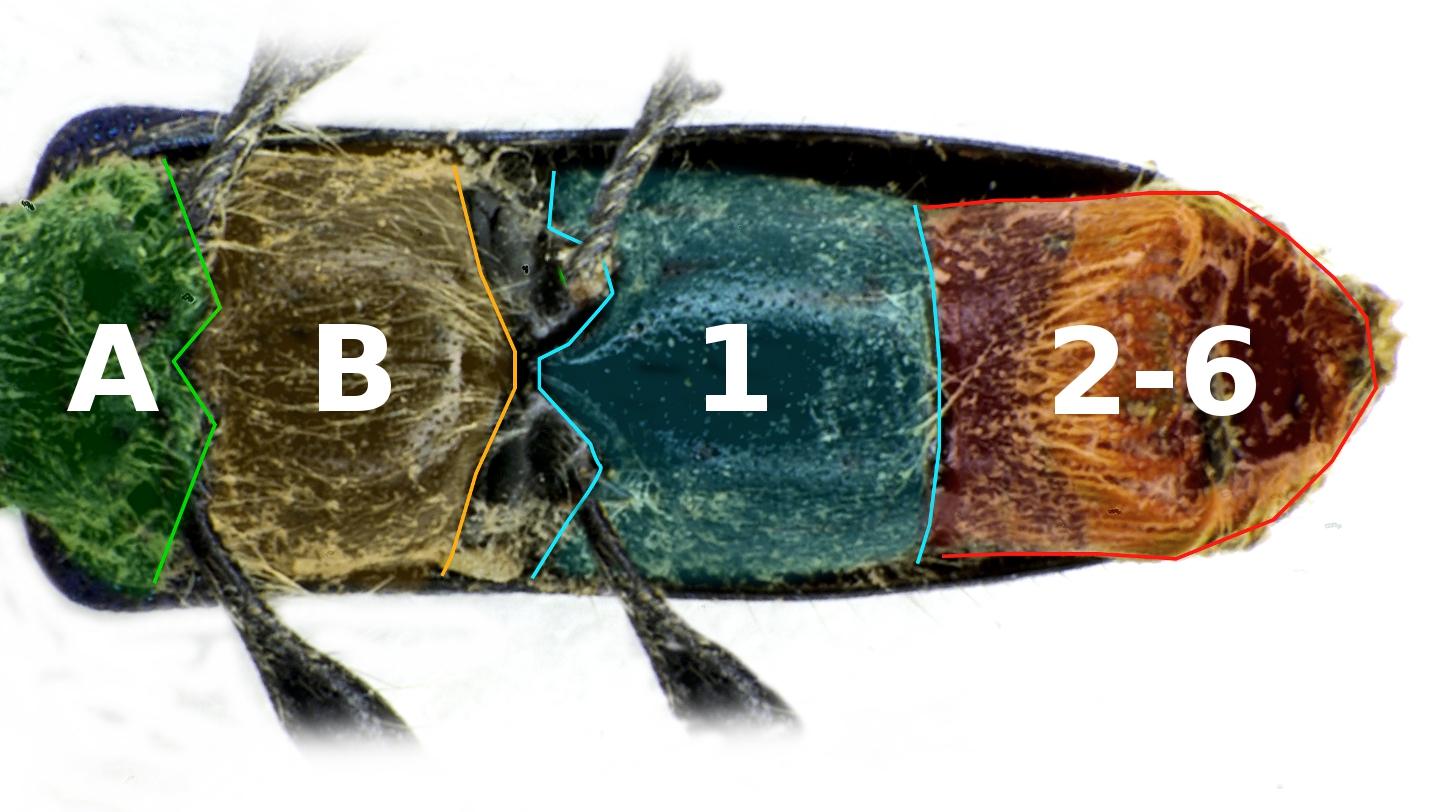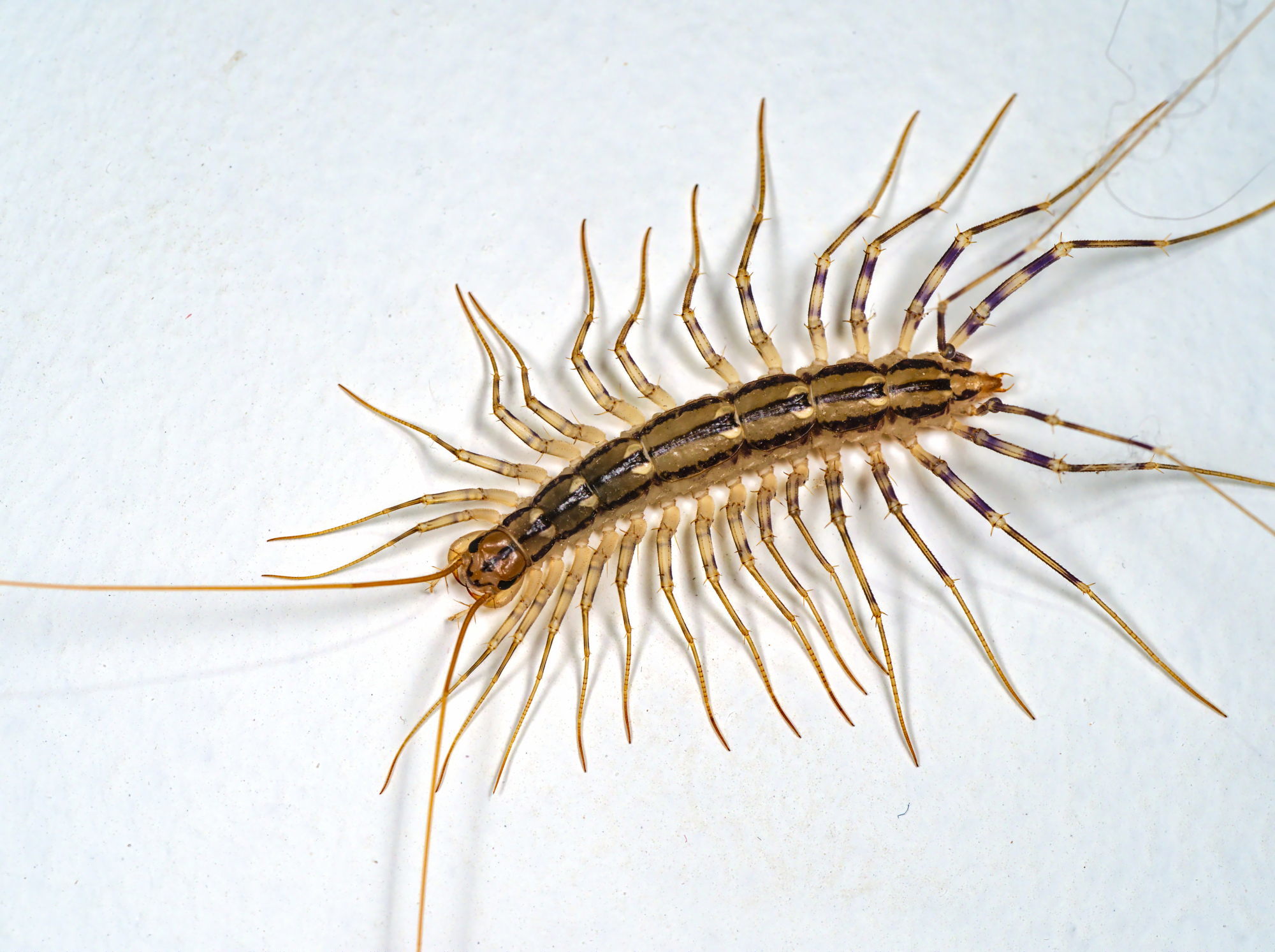|
Odaraia
''Odaraia'' is an extinct genus of bivalved Hymenocarina, hymenocarine arthropod with a single known species ''Odaraia alata'', found in the Middle Cambrian Burgess Shale in British Columbia, Canada. History of research and taxonomy The genus and species were first described by Charles Doolittle Walcott, Charles Walcott in 1912. It was placed into its own family, Odaraiidae by Simonetta and Delle Cave in 1975,Simonetta AM, Delle Cave L . 1975 The Cambrian non-trilobite arthropods from the Burgess Shale of British Columbia: a study of their comparative morphology, taxonomy and evolutionary significance. ''Palaeontogr. Ital.'' which has been used to include other genera of bivalved Cambrian arthropods. The species was redescribed by Derek Briggs 1981, and again redescribed in 2024 by Izquierdo-López and Caron. While originally ''Odaraia'' and other odaraiids have been interpreted as Basal (phylogenetics), basal euarthropods not closely related to any living arthropod group, the co ... [...More Info...] [...Related Items...] OR: [Wikipedia] [Google] [Baidu] |
Hymenocarina
Hymenocarina is an Order (biology), order of extinct marine arthropods known from the Cambrian. They possess bivalved carapaces, typically with exposed posteriors. Members of the group are morphologically diverse and had a variety of ecologies, including as filter feeders and as predators. Recent research has generally considered them to be stem or crown group members of Mandibulata, due to the presence of Mandible (arthropod mouthpart), mandibles in well-preserved species. Taxonomy Hymenocarines are characterized by the combination of the following characters: bivalved, convex carapace covering Cephalothorax, cephalothoracic (combined head and thorax) region; cephalothorax bearing multisegmented antennae (though as an exception antennae are absent in ''Odaraia'') and rounded Mandible (arthropod mouthpart), mandibles and likely Maxilla (arthropod mouthpart), maxillae, post maxillae limbs with spiny, subdivided basis and Arthropod leg, endopods (lower, leg-like parts) with well-d ... [...More Info...] [...Related Items...] OR: [Wikipedia] [Google] [Baidu] |
Mandibulata
The clade Mandibulata constitutes one of the major subdivisions of the phylum Arthropoda, alongside Chelicerata. Mandibulates include the crustaceans, myriapods (centipedes and millipedes, among others), and all true insects. The name "Mandibulata" refers to the mandibles, a modified pair of limbs used in food processing, the presence of which are characteristic of most members of the group. The mandibulates are divided between the extant groups Myriapoda (millipedes and centipedes, among others) and Pancrustacea (including crustaceans and hexapods, the latter group containing insects). Molecular phylogenetic studies suggest that the living arthropods are related as shown in the cladogram below. Crustaceans do not form a monophyletic In biological cladistics for the classification of organisms, monophyly is the condition of a taxonomic grouping being a clade – that is, a grouping of organisms which meets these criteria: # the grouping contains its own most recent ... [...More Info...] [...Related Items...] OR: [Wikipedia] [Google] [Baidu] |
Arthropod
Arthropods ( ) are invertebrates in the phylum Arthropoda. They possess an arthropod exoskeleton, exoskeleton with a cuticle made of chitin, often Mineralization (biology), mineralised with calcium carbonate, a body with differentiated (Metamerism (biology), metameric) Segmentation (biology), segments, and paired jointed appendages. In order to keep growing, they must go through stages of moulting, a process by which they shed their exoskeleton to reveal a new one. They form an extremely diverse group of up to ten million species. Haemolymph is the analogue of blood for most arthropods. An arthropod has an open circulatory system, with a body cavity called a haemocoel through which haemolymph circulates to the interior Organ (anatomy), organs. Like their exteriors, the internal organs of arthropods are generally built of repeated segments. They have ladder-like nervous systems, with paired Anatomical terms of location#Dorsal and ventral, ventral Ventral nerve cord, nerve cord ... [...More Info...] [...Related Items...] OR: [Wikipedia] [Google] [Baidu] |
Euarthropods
Arthropods ( ) are invertebrates in the phylum Arthropoda. They possess an exoskeleton with a cuticle made of chitin, often mineralised with calcium carbonate, a body with differentiated ( metameric) segments, and paired jointed appendages. In order to keep growing, they must go through stages of moulting, a process by which they shed their exoskeleton to reveal a new one. They form an extremely diverse group of up to ten million species. Haemolymph is the analogue of blood for most arthropods. An arthropod has an open circulatory system, with a body cavity called a haemocoel through which haemolymph circulates to the interior organs. Like their exteriors, the internal organs of arthropods are generally built of repeated segments. They have ladder-like nervous systems, with paired ventral nerve cords running through all segments and forming paired ganglia in each segment. Their heads are formed by fusion of varying numbers of segments, and their brains are formed by fusion ... [...More Info...] [...Related Items...] OR: [Wikipedia] [Google] [Baidu] |
Charles Doolittle Walcott
Charles Doolittle Walcott (March 31, 1850February 9, 1927) was an American paleontologist, administrator of the Smithsonian Institution from 1907 to 1927, and director of the United States Geological Survey. He is famous for his discovery in 1909 of well-preserved fossils, including some of the oldest soft-part imprints, in the Burgess Shale of British Columbia, Canada. Early life Charles Doolittle Walcott was born on March 31, 1850, in New York Mills, New York. His grandfather, Benjamin S. Walcott, moved from Rhode Island in 1822. His father, also Charles Doolittle Walcott, died when Charles Jr. was only two. Walcott was the youngest of four children. He was interested in nature from an early age, collecting minerals and bird eggs and, eventually, fossils. He attended various schools in the Utica area but left at the age of eighteen without completing high school, the end of his formal education. His interest in fossils solidified as he became a commercial fossil collector ... [...More Info...] [...Related Items...] OR: [Wikipedia] [Google] [Baidu] |
Endopod
The arthropod leg is a form of jointed appendage of arthropods, usually used for walking. Many of the terms used for arthropod leg segments (called podomeres) are of Latin origin, and may be confused with terms for bones: ''coxa'' (meaning hip, : ''coxae''), ''trochanter'', ''femur'' (: ''femora''), ''tibia'' (: ''tibiae''), ''tarsus'' (: ''tarsi''), ''ischium'' (: ''ischia''), ''metatarsus'', ''carpus'', ''dactylus'' (meaning finger), ''patella'' (: ''patellae''). Homologies of leg segments between groups are difficult to prove and are the source of much argument. Some authors posit up to eleven segments per leg for the most recent common ancestor of extant arthropods but modern arthropods have eight or fewer. It has been argued that the ancestral leg need not have been so complex, and that other events, such as successive loss of function of a ''Hox''-gene, could result in parallel gains of leg segments. In arthropods, each of the leg segments articulates with the next segme ... [...More Info...] [...Related Items...] OR: [Wikipedia] [Google] [Baidu] |
Sclerotised
Sclerotin is a component of the cuticle of various Arthropoda, most familiarly insects. It is formed by cross-linking members of particular classes of protein molecules, a biochemical process called sclerotization, a form of tanning in which quinones are enzymatically introduced into the cuticle, and react with terminal and lysine-related amino groups in the proteins to form strong links between the molecules.Chapman, R.F. (1969) ''The Insects: Structure and Function''. Elsevier, New York. Chapter 22.37 - "Expansion of the new cuticle is brought to an end by the onset of tanning" The resulting material greatly increases the rigidity of an insect's chitinous exoskeleton, which is otherwise fairly soft. It is particularly prominent in the thicker, armoured parts of insect and arachnid integument, such as in the biting mouthparts and sclerites of scorpions and beetles. As it matures, freshly formed sclerotin becomes a hard, horn-like substance with a range of yellow-brown colors. ... [...More Info...] [...Related Items...] OR: [Wikipedia] [Google] [Baidu] |
Sternite
The sternum (: sterna) is the ventral portion of a segment of an arthropod thorax or abdomen. In insects, the sterna are usually single, large sclerites, and external. However, they can sometimes be divided in two or more, in which case the subunits are called sternites, and may also be modified on the terminal abdominal segments so as to form part of the functional genitalia, in which case they are frequently reduced in size and development, and may become internalized and/or membranous. For a detailed explanation of the terminology, see Kinorhynchs have tergal and sternal plates too, though seemingly not homologous with those of arthropods.Sørensen, M. V. et al. Phylogeny of Kinorhyncha based on morphology and two molecular loci. PLoS One 10, 1–33 (2015). Ventrites are externally visible sternites. Usually the first sternite is covered up, so that ventrite numbers do not correspond to sternite numbers. The term is also used in other arthropod groups such as crustaceans, ... [...More Info...] [...Related Items...] OR: [Wikipedia] [Google] [Baidu] |
Biramous
The arthropod leg is a form of jointed appendage of arthropods, usually used for walking. Many of the terms used for arthropod leg segments (called podomeres) are of Latin origin, and may be confused with terms for bones: ''coxa'' (meaning hip, : ''coxae''), ''trochanter'', ''femur'' (: ''femora''), ''tibia'' (: ''tibiae''), ''tarsus'' (: ''tarsi''), ''ischium'' (: ''ischia''), ''metatarsus'', ''carpus'', ''dactylus'' (meaning finger), ''patella'' (: ''patellae''). Homologies of leg segments between groups are difficult to prove and are the source of much argument. Some authors posit up to eleven segments per leg for the most recent common ancestor of extant arthropods but modern arthropods have eight or fewer. It has been argued that the ancestral leg need not have been so complex, and that other events, such as successive loss of function of a ''Hox''-gene, could result in parallel gains of leg segments. In arthropods, each of the leg segments articulates with the next seg ... [...More Info...] [...Related Items...] OR: [Wikipedia] [Google] [Baidu] |
Maxilla (arthropod Mouthpart)
In arthropods, the maxillae (singular maxilla) are paired structures present on the head as mouthparts in members of the clade Mandibulata, used for tasting and manipulating food. Embryologically, the maxillae are derived from the 4th and 5th segment of the head and the maxillary palps; segmented appendages extending from the base of the maxilla represent the former leg of those respective segments. In most cases, two pairs of maxillae are present and in different arthropod groups the two pairs of maxillae have been variously modified. In crustaceans, the first pair are called maxillulae (singular maxillula). Modified coxae at the base of the pedipalps in spiders are also called "maxillae", although they are not homologous with mandibulate maxillae. Myriapoda Millipedes In millipedes, the second maxillae have been lost, reducing the mouthparts to only the first maxillae which have fused together to form a gnathochilarium, acting as a lower lip to the buccal cavity and the ... [...More Info...] [...Related Items...] OR: [Wikipedia] [Google] [Baidu] |








